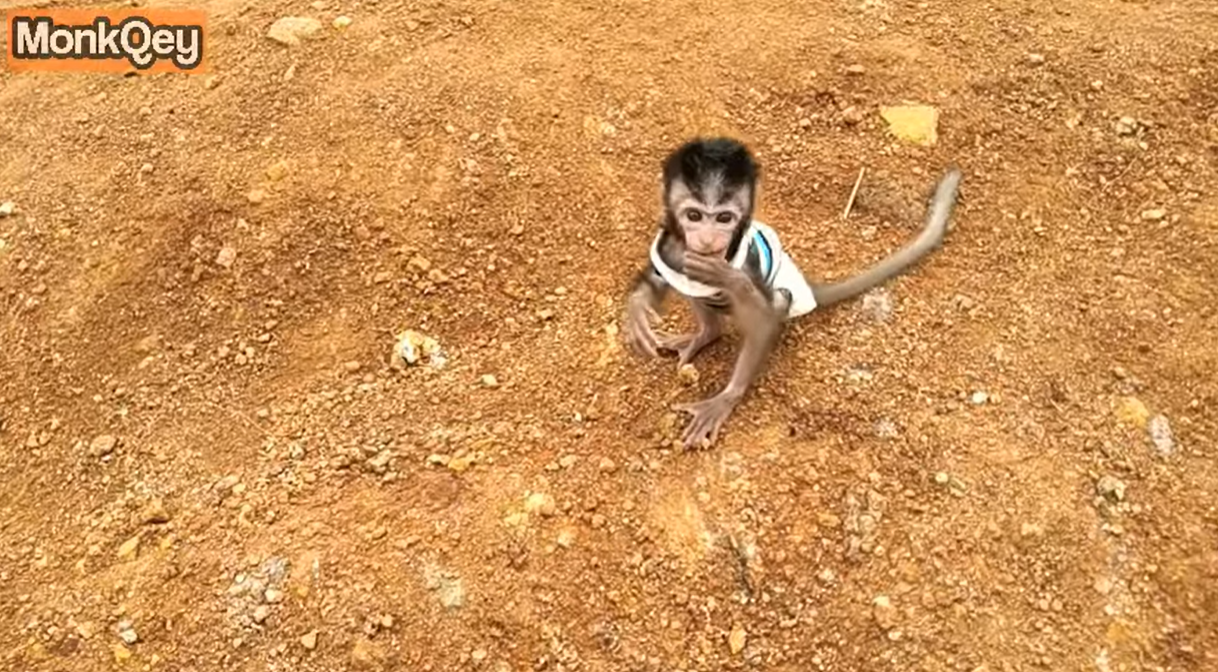Stepping on arid land
Walking on arid land is a journey into a world of extremes, where life defies the odds and beauty emerges from resilience. Arid landscapes, characterized by minimal rainfall, sparse vegetation, and vast expanses of sand or rock, are often seen as barren wastelands. Yet, beneath this seemingly lifeless exterior lies a realm teeming with subtle wonders.
Walking on arid land is a journey into a world of extremes, where life defies the odds and beauty emerges from resilience. Arid landscapes, characterized by minimal rainfall, sparse vegetation, and vast expanses of sand or rock, are often seen as barren wastelands. Yet, beneath this seemingly lifeless exterior lies a realm teeming with subtle wonders.
The ground beneath your feet feels dry and gritty, often cracked from the scorching heat of the sun. Each step stirs up fine dust, carried away by gentle winds. Despite the harsh environment, arid lands are home to remarkable biodiversity. Hardy plants like cacti, succulents, and desert shrubs have evolved ingenious ways to store water and survive prolonged droughts. Animals, too, adapt through nocturnal lifestyles or unique physiological traits to conserve water.
The beauty of arid lands lies in their simplicity and contrasts. From the golden dunes of deserts to the jagged rock formations of dry canyons, these landscapes evoke a sense of timelessness and solitude. The sunsets paint the skies in fiery hues, reflecting off the land’s surface, creating breathtaking vistas.
Stepping on arid land is more than a physical act—it is an exploration of nature’s resilience and the delicate balance of survival in one of Earth’s harshest environments.


